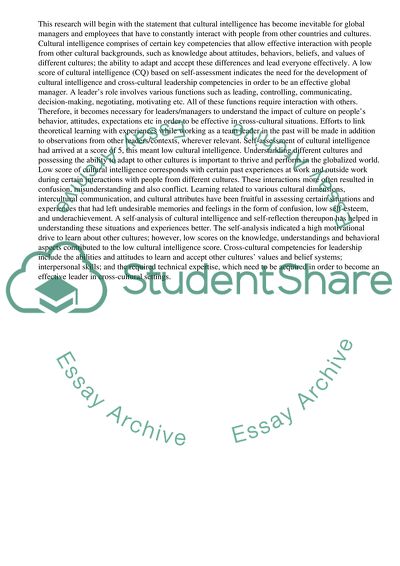Cite this document
(“International Management Competencies Essay Example | Topics and Well Written Essays - 3000 words”, n.d.)
International Management Competencies Essay Example | Topics and Well Written Essays - 3000 words. Retrieved from https://studentshare.org/business/1475209-international-management-competencies
International Management Competencies Essay Example | Topics and Well Written Essays - 3000 words. Retrieved from https://studentshare.org/business/1475209-international-management-competencies
(International Management Competencies Essay Example | Topics and Well Written Essays - 3000 Words)
International Management Competencies Essay Example | Topics and Well Written Essays - 3000 Words. https://studentshare.org/business/1475209-international-management-competencies.
International Management Competencies Essay Example | Topics and Well Written Essays - 3000 Words. https://studentshare.org/business/1475209-international-management-competencies.
“International Management Competencies Essay Example | Topics and Well Written Essays - 3000 Words”, n.d. https://studentshare.org/business/1475209-international-management-competencies.


